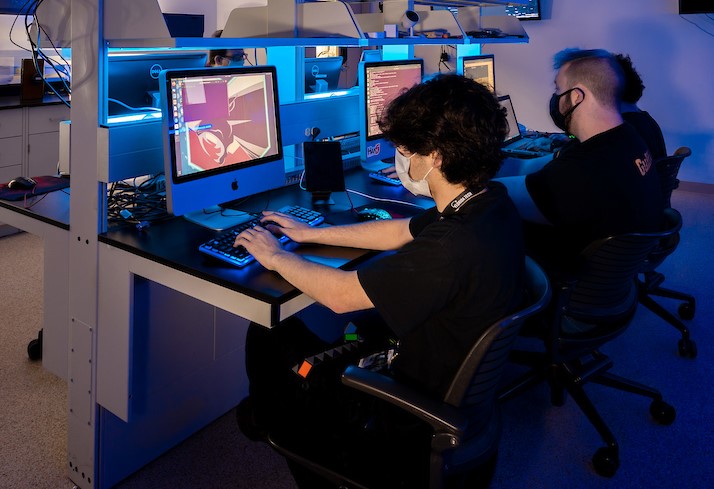Document Type
Conference Proceeding
Publication Title
Proceedings of SPIE - the International Society for Optical Engineering
Abstract
Phase diversity imaging methods work well in removing atmospheric turbulence and some system effects from predominantly near-field imaging systems. However, phase diversity approaches can be computationally intensive and slow. We present a recently adapted, high-speed phase diversity method using a conventional, software-based neural network paradigm. This phase-diversity method has the advantage of eliminating many time consuming, computationally heavy calculations and directly estimates the optical transfer function from the entrance pupil phases or phase differences. Additionally, this method is more accurate than conventional Zernike-based, phase diversity approaches and lends itself to implementation on parallel software or hardware architectures. We use computer simulation to demonstrate how this high-speed, phase diverse imaging method can be implemented on a parallel, highspeed, neural network-based architecture-specifically the Cellular Neural Network (CNN). The CNN architecture was chosen as a representative, neural network-based processing environment because 1) the CNN can be implemented in 2-D or 3-D processing schemes, 2) it can be implemented in hardware or software, 3) recent 2-D implementations of CNN technology have shown a 3 orders of magnitude superiority in speed, area, or power over equivalent digital representations, and 4) a complete development environment exists. We also provide a short discussion on processing speed.
DOI
10.1117/12.777687
Publication Date
4-16-2008
Recommended Citation
Arrasmith, W. W., & Sullivan, S. F. (2008). Parallel implementation of high-speed, phase diverse atmospheric turbulence compensation method on a neural network-based architecture. Paper presented at the Proceedings of SPIE - the International Society for Optical Engineering, 6943 doi:10.1117/12.777687



